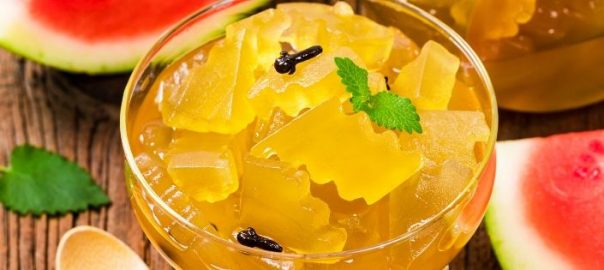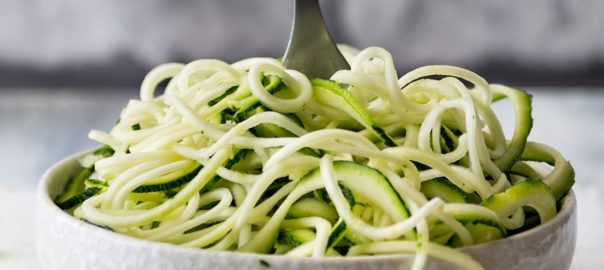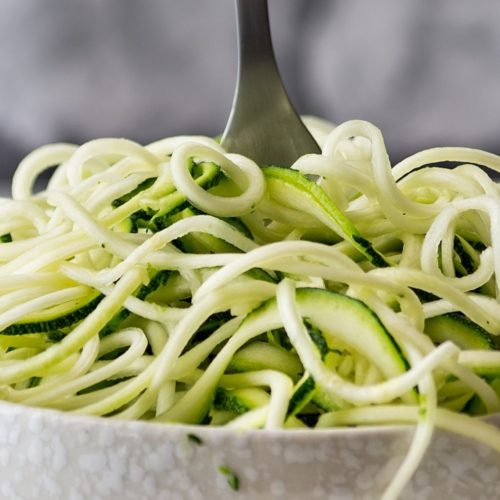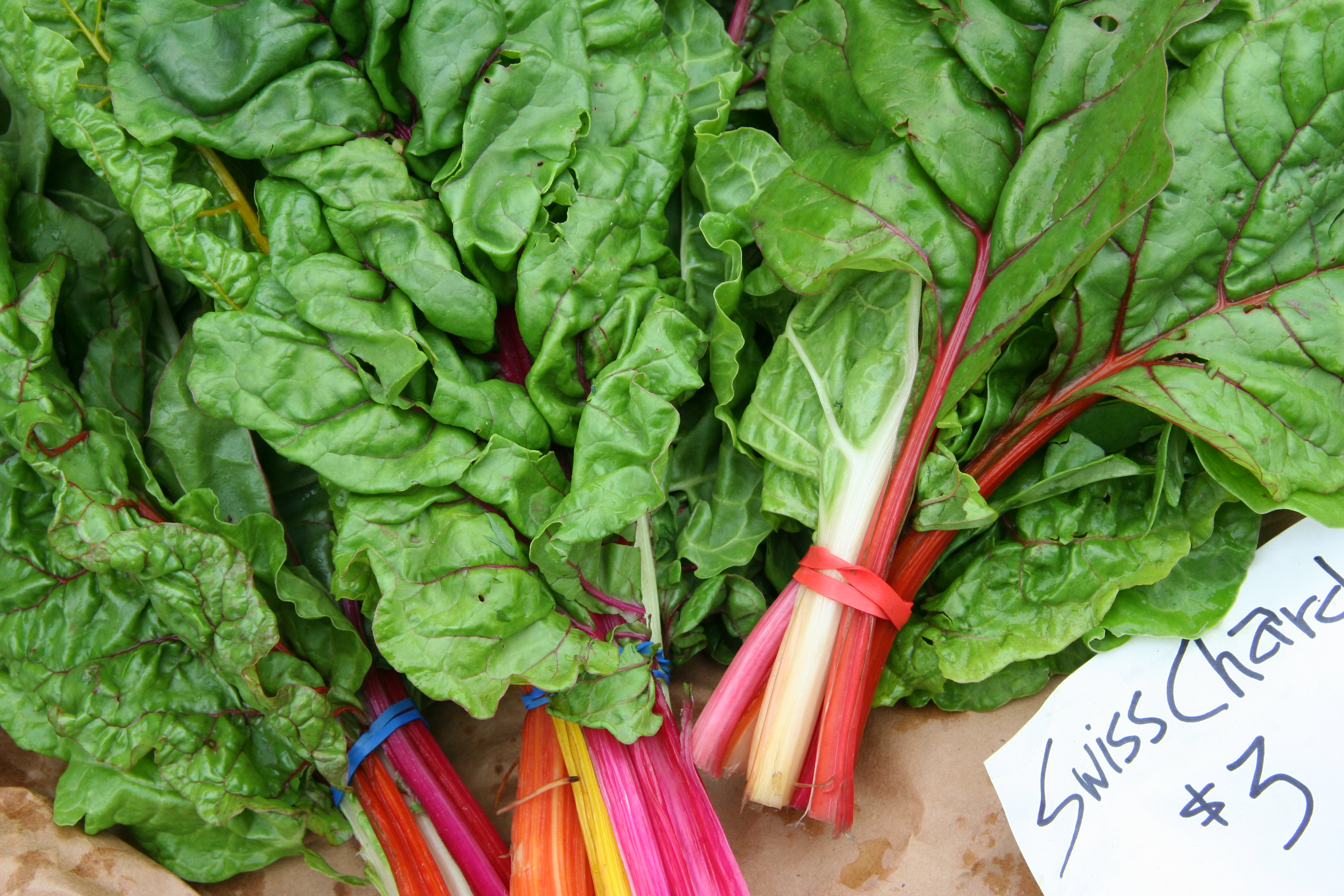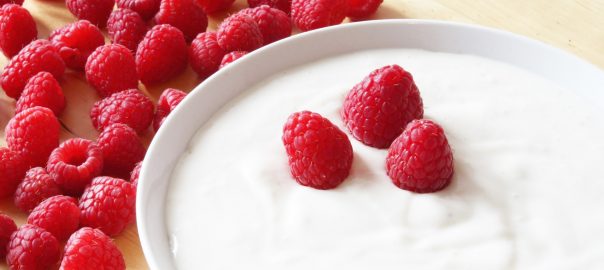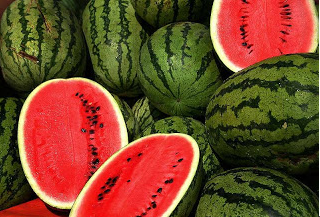The Changing Styles of Yogurt
There are so many changes happening in the yogurt section of the grocery stores lately. It used to be that it was either plain, a gelatinized “Swiss-style” fruit mixed in, or a fruit-on-the-bottom kind of product. At least that's what was presented to us at the grocery store. Then came those tubes, the squeeze-able varieties. Now we see more drinkables including kefir, a fermented yogurt. The fermentation increases the probiotic activity of the yogurt and can be very healthy for you as long as the cultures are live. Soon enough we'll probably start seeing bottled containers of lassi which is a similar fermented yogurt drink from India.
Your grocery store's yogurt case has gone global. There are a lot of different kinds of yogurts from different cultures. Greek, Australian, Icelandic, Bulgarian, and more. There's also goat's milk, coconut milk, almond milk, and oat milk styles. The alternative milk varieties are geared towards those people who have lactose intolerance, but they seem to be gaining traction with people looking for more variety.
Many people seem to prefer Greek yogurt due to it's heavier, creamy consistency. It's higher in protein, almost 50% more according to the Berkeley Wellness Letter. The whey is strained out leaving a thicker product with a longer shelf life. Straining out the whey creates a product that is higher in fat and lower in calcium but also lower in lactose (the milk sugar that some people have trouble digesting).
Ingredients In Yogurt
Although yogurt is generally thought of as a health food, store-bought options are often packed with chemicals, potentially genetically modified ingredients, artificial flavorings, artificial colors, and added sugars or artificial sweeteners. Making healthy choices isn’t always easy. There are too many low-fat options which are often packed with negative ingredients. The fruit yogurts not only contain the natural sugars of the fruits but typically have added sweeteners as well and artificial colors. Reading the label is critical to avoiding excess sugars and other negative ingredients.
Plain, whole-milk yogurt is the best option. Fresh fruit or jam can be added for sweetness without the chemicals or other adulterants. (Of course, this does require checking the label on the jam as well if it is not homemade). Additionally, you need to choose yogurt which does not contain rBGH (recombinant bovine growth hormone) a hormone which has been linked to increased rates of diabetes and other health issues. Look for the label to state that the milk was from cows not treated with rBGH or choose organic. It's also highly recommended that you buy whole-milk (sometimes referred to as 4% milkfat) as this provides the fat needed for the body to properly process vitamin D (a fat-soluble vitamin).
Making Yogurt At Home
To make yogurt you'll need a starter. While it is possible to use store-bought active culture as your starter, in order to ensure a good balance of probiotics or beneficial bacteria it is often helpful to purchase a starter culture. Simply follow the instructions in the packet to make your initial batch of starter.
Once you have a culture that you can use, either the starter or a store-bought, you will be ready to create subsequent batches of yogurt. You will need about half a cup of yogurt for every half a gallon of milk that you use.
- Heat your milk on the stovetop in your Dutch oven or a non-reactive saucepan; stir gently as it heats
- When it reaches 200F, or just below the temperature when it would boil, let it cool to 115F
- Take a half a cup of the warm milk and whisk it together with your yogurt in a separate container
- Add this mixture back into the rest of the milk and whisk it together
- Keep your mixture at 115F for about 4 hours; you can simply heat your oven to 115F, then turn it off
- Place a lid on your saucepan or Dutch oven, wrap it in a few layers of towels and place it back in a draft-free space such as your oven or a microwave oven overnight or until it has set and looks like yogurt
- When it's ready, pour the yogurt into containers and store in the refrigerator
Making it Greek-style
Many people don't realize how simple it is to make a Greek-style yogurt of your own.
- Take 32-ounces of whole milk, organic, live culture yogurt
- Line a colander with cheesecloth (you can also use an unbleached coffee filter or a cloth napkin)
- Place the colander on top of a bowl and pour the yogurt in
- Put the whole thing in the fridge overnight
- In the morning you have a thicker, Greek-style yogurt plus the whey which has strained out
Whey is wonderful for soaking beans, it can also be added to soups or smoothies. Some people even drink it straight. If I have too much I usually feed the extra to the dogs, they consider it a great treat.
What To Do With It?
Yogurt is delicious just as it is but can be used in a wide variety of ways. It can be served both sweet or savory.
- Make parfaits by layering granola with fresh fruit (a tasty treat for breakfast or delicious as a dessert)
- Thickened yogurt can be used as a substitute for sour cream
- Adding herbs allows you to make a savory dip
- Yogurt and fresh lime juice are just two of the ingredients needed for a really delicious chicken marinade
- It can even be added to some baked goods to help make them moist
- One of my favorite ways to eat it is to mix it with cottage cheese and a bunch of fresh vegetables, such as cucumbers, cherry tomatoes, and chunks of sweet peppers. Add a pinch of sea salt and a grind of fresh pepper and you've got a tasty summer lunch.
Different Dishes Around The World
In addition to different types of yogurt culture, many cuisines have a yogurt dish of some kind mixed with different spices or foods to make a condiment.
- In India there is a shredded cucumber yogurt dish with scallions, garlic, cumin and pepper that helps to cut the spicy heat of the cuisine called Raita
- A similar dish can be found in Greek cultures and is called Tzatziki; it's made with yogurt, cucumber, garlic, and mint
- There's an Israeli yogurt called Labneh which has a little salt in it. Sometimes it's thickened and turned into a Labneh cheese
- Bulgaria even has a cold soup called Tarator which is made with yogurt, cucumber, dill, garlic, walnuts, and oil, it makes a great starter for a meal on a hot day
Whatever style or type of yogurt you are eating (or drinking) it is important to remember that you want the real stuff. Live cultures, no added artificial ingredients, just good, healthy, probiotic, digestive supporting yogurt.
Alicia Lawrence contributed to this article. She is a content coordinator for WebpageFX and when not at work she enjoys cooking with her ceramic cookware, shopping at farmers markets or blogging about travel, nutrition, and public relations.
photo credit: Patrick Neufelder

